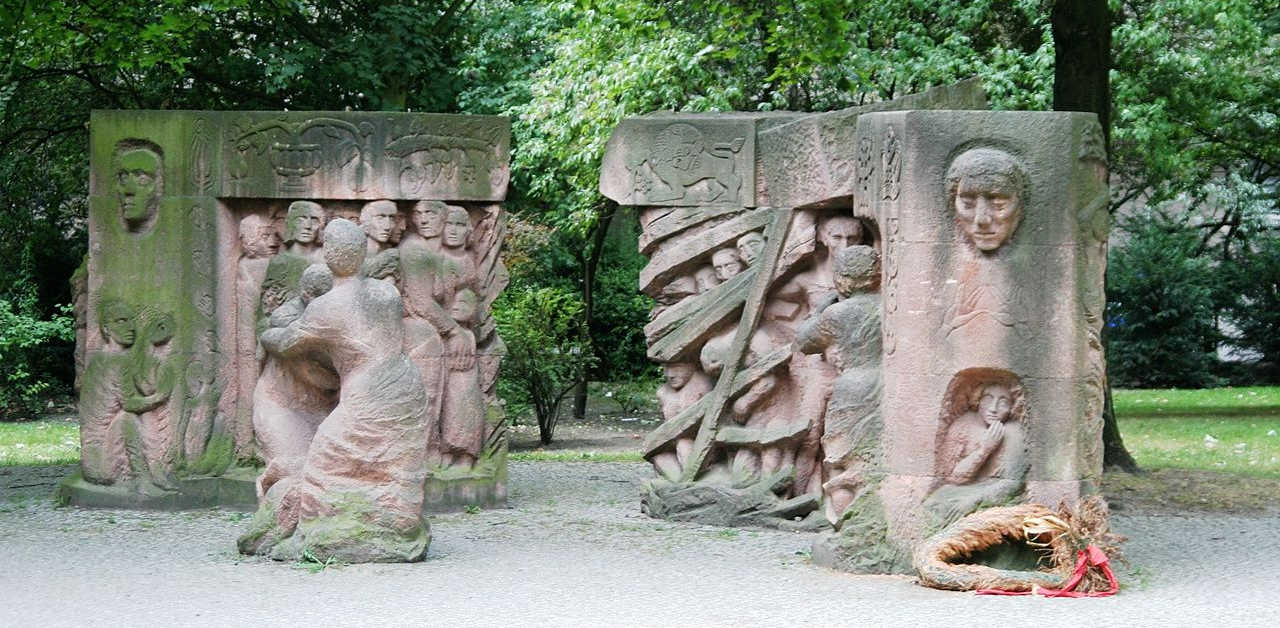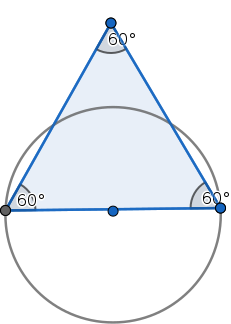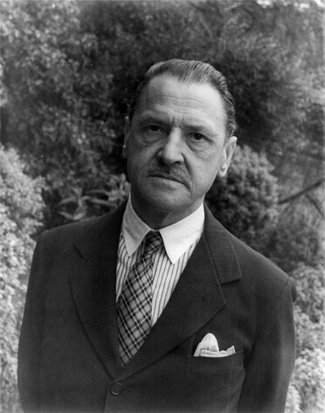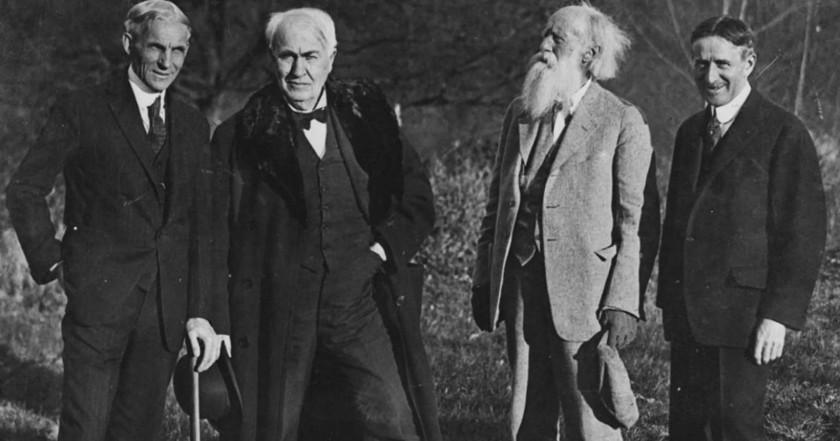What constitutes a hole? We recognize and refer to holes as we do ordinary material objects, but a hole doesn’t seem to have a material existence. A hole has a “host” (say, a doughnut), and it may have a “guest” (say, air), but neither of these is itself the hole. Somehow the hole is a something that’s made of nothing.
In a 1969 essay by David and Stephanie Lewis, Argle and Bargle argue over a hole in a piece of Gruyère cheese:
Bargle. How can something utterly devoid of matter be made of matter?
Argle. You’re looking for the matter in the wrong place. (I mean to say, that’s what you would be doing if there were any such things as places, which there aren’t.) The matter isn’t inside the hole. It would be absurd to say it was: nobody wants to say that holes are inside themselves. The matter surrounds the hole. The lining of a hole, you agree, is a material object. For every hole there is a hole-lining; for every hole-lining there is a hole. I say the hole-lining is the hole.
Bargle. Didn’t you say that the hole-lining surrounds the hole? Things don’t surround themselves.
Argle. Holes do. In my language, ‘surrounds’ said of a hole (described as such) means ‘is identical with’. ‘Surrounds’ said of other things means just what you think it means.
Bargle. Doesn’t it bother you that your dictionary must have two entries under ‘surrounds’ where mine has only one?
Also: If I fill in a hole in the ground, have I destroyed it? If I dig again in the same place, am I creating a new hole or restoring the old one?
(David Lewis and Stephanie Lewis, “Holes,” Australasian Journal of Philosophy 48:2 [August 1970], 206-212.)





